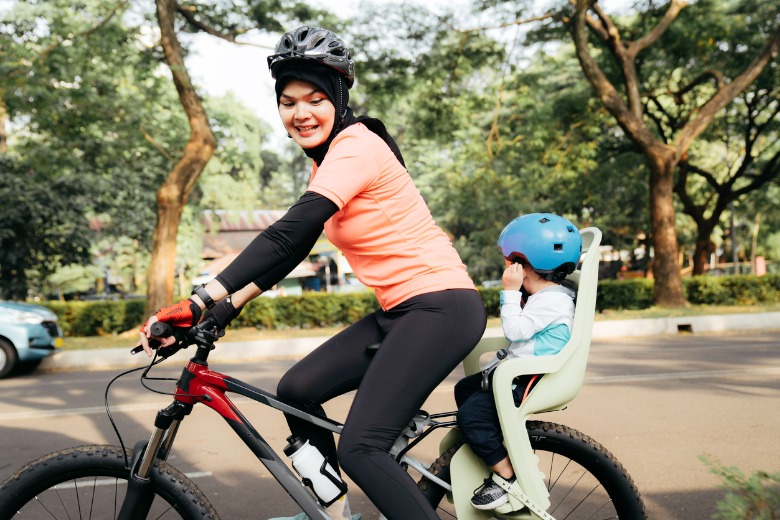
A new study into the factors that prevent women from riding bikes in urban areas provides insights that its author says can help city planners boost active transport.
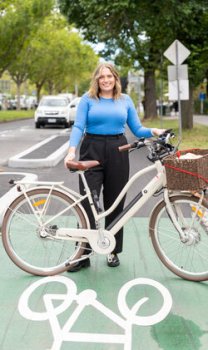
Dr Lauren Pearson from Monash University’s Sustainable Mobility and Safety Research Group says in greater Melbourne, there are two men cycling for every one woman.
To find out what was going on she surveyed 717 people across ten Melbourne LGAs about factors that encouraged or prevented them riding a bike.
“Gender differences were stark in terms of the barriers,” she told Government News.
“We were really surprised at just how substantial these differences were, and how many women were reporting these concerns.”
The study also revealed that 77 per cent of women were interested in riding a bike, suggesting a “massive potential” to increase riding.
Cycling infrastructure built for blokes
Dr Pearson says it’s evident that a lot of existing cycling infrastructure has been built with men – especially male commuters – in mind.
Councils tend to build cycling infrastructure based on where the highest cycling volumes are, but this doesn’t necessarily reflect womens’ cycling patterns or needs, she says.
Instead, they should be considering the needs and preferences of female cyclists, such as more separated infrastructure for local trips, and women-only bike workshops.
Confidence around traffic
The online survey and follow up interviews revealed that women lacked confidence when cycling in or near traffic compared to men, and more women said having protected bike lanes or off-road paths would encourage them to cycle.
“Provision of infrastructure that is physically separated from motor vehicle traffic may support more women to ride a bike through reducing motor vehicle interactions, reducing the risk of motor vehicle collision injury, reducing the potential for aggressive behaviour from motor vehicle drivers and by allowing sufficient space for inexperienced riders,” the study said.
Knowledge about bikes
Women also lacked confidence when it came to buying, maintaining and fixing a bike, and sometimes felt unsupported by male staff in bike stores and council-run maintenance courses.
“We found of all the women who were asked about what would happen if they had a flat tyre, they said they had no idea, in contrast to men,” Dr Pearson said.
“That came back to this entrenched discourse around mechanics and bikes being a male-based thing.
“Some women tried to reach out to councils for bike mechanics courses, but what was available was very specialist or run by men for men.”
Transporting kids
Women in the study described wanting to ride with their children in protected infrastructure or where there was low traffic volume, and low speed traffic.
They also expressed concern about a lack of connectivity between available infrastructure that was suitable for riding with children, meaning they had to take detours to find infrastructure that they considered safe.
Physical fitness was also identified as barrier to riding a bike in twice as many women as men, while, a higher proportion of women reported not having enough storage on a bike as a barrier.
Nearly half of the women in the survey reported well-lit areas as an enabler of them riding their bike.
Encouraging female cyclists
Dr Pearson says ebikes could provide a solution for women who are lacking confidence or need to carry heavier loads or transport children, with councils potentially playing a role in providing better ebike infrastructure near places like libraries, schools and shopping centres, or subsidising subscription bike services.
The study says that to increase bike riding, future planning must consider the needs and perspectives of women and create spaces that enable equitable participation.
“It’s about planning for the trips that arent’ taken as well as those that are,” Dr Pearson says.
“Women want to make local trips and we need to make sure we’re building the infrastructure to support this, not just thinking about the people that are already riding, and having that gender lense on all design decisions.”
Comment below to have your say on this story.
If you have a news story or tip-off, get in touch at editorial@governmentnews.com.au.
Sign up to the Government News newsletter
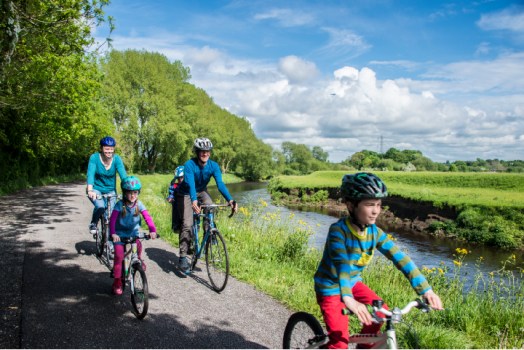
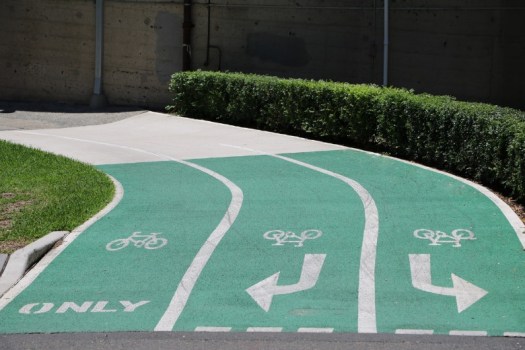
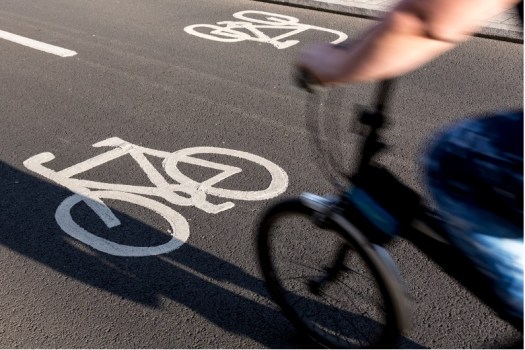
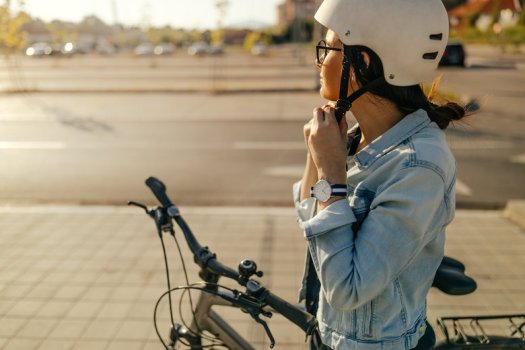
The results align with what I would expect and would agree with if I were to answer the survey. I grew up riding my bike around my neighborhood, and have trained for and competed in triathlons, however I still will look to avoid riding in mixed traffic. One of the biggest reasons is there is a Australian (NSW especially) accepted “bike hate” and aggression, I just do not want to mix with traffic.
Surveys that simply collect current numbers fail to pick up who would ride if the infrastructure and safety were there – I would certainly prefer to ride to work if I could do it safely.
I don’t agree with all the statements made here. The bigger issue seems to be about a lack of confidence women have in using existing infrastructure. And this is not all unjustified.
There certainly is a culture of anger towards cyclists, some justified but most not. It is the unfortunate idiots cyclists that have made it difficult for the vast majority of cyclists – male or female.
Building new infrastructure to address women’s issues will not necessarily be achievable in many areas as a lack of space for new development will be the biggest issue, particularly in inner city environments where space is tight and very limited.
Then there is also the issue of finances available to Councils to duplicate cycleways servicing communities within there LGA’s. Councils historically have very limited finances and would find it difficult to justify to ratepayers building additional cycling infrastructure where it is to serve a minority of people when infrastructure already exists, even if the existing alignment does not suit all. Any new infrastructure builds and spending need to provide the best outcome for the majority of residents to justify the investment.
Terence writes “I don’t agree with all the statements made here. ”
My reading of the article is that it is a record of what the majority of women (who are cyclists or potential cyclists) are saying. How can the results of a survey be misbelieved ? unless one is willing to conduct a second survey with a greater sample size and publish the results.
I have spent over 10 years in a area of NSW pretty well served with cycle paths. In that area the disconnects exist. The cycle path just comes to an end. The other disconnects are where existing inadequate footpaths have been incorporated into a cycleway without modification. e.g. chicanes, bumps, cracks, manholes, inspection hatches, pebblecrete surface, very sharp bends on narrow base.
Where the cycle path comes to an end there is often no indication as to where to go – resulting in cyclists on high speed roads.
We know that the risks of death due to collision rises exponentially once the speed of killer size vehicles rises about 30kph. Even in 40kph streets a pedestrian or cyclist can be killed by even a small car driver trying to squeeze through or going only a little over.
My observation is that around 50% of drivers or cyclists are not good at judging speed and distance – so narrow cyclepaths are dangerous as the survey suggests. Narrow carriageways are also a big problem when the cyclist has to pass parked vehicles. We still have councils operating cycle paths alongside the dooring zone of parked vehicles. In the mixed traffic situation the cyclist is actually safer to “take the lane” but this manoeuvre is not understood and not instinctively thought of as safe. I have regularly seen cyclists, including women skirting along the edge of a line of parked cars.
Merging is well documented as being the most difficult manoeuvre on the road. Witness the bloody mindedness that can be found on youtube of people trying to merge their cars when e.g. a motorway changes from 3 lanes into 2 or 2lanes into 1 because of road work or accident.
In mixed traffic the cyclist has to do this all the time without the benefit of suitable speed or acceleration.
I have met male cyclists who have a poor sense of direction and navigation – everyone needs useful signage particularly since cyclepaths often take obscure bypass routes.
All the below examples happened in my cycling area.
Half the women reported poorly lit areas as a problem – a connected example was where a lone women in my cycling club was attacked by hoons who were throwing fruit at her on a public cycle path in daylight. She rang emergency who could not locate where she was because there was no obvious cross street.
Another time a child on a tricycle veered in front of a of cyclist on a narrow cycle path resulting in a broken collar bone.
A peleton of cyclists was riding (legally) on the hard shoulder of a motorway and a cyclist was badly injured when she hit a piece of debris.
There are numerous examples of parked cars blocking cycleways resulting in the cyclist having to take to the road.
It seems we cannot get over the hump of making the initial investment which will pay off. We need a mixture of transport and it seems that we cannot take action until people die because these tragedies provide the impetus to improve funding of transport infrastructure in general.
Many years ago it was concluded that women make 70% of the funding decisions when a car is bought. Yet misogyny was widely practiced in car dealerships. It is well documented that anyone who was not born with a male brain will often be ignored in decision making to the detriment of all of us. Studies suggest that only about 40% of the population have male brains.